You are here
agInnovation Research Center | Ecology
agInnovation Research Center | Ecology
agInnovation Research Center | Ecology
Content to come!
Guam Plant Extinction Prevention Program
The Guam Plant Extinction Prevention Program (GPEPP) program is making a difference for Guam’s rarest plants reversing the trend toward extinction. Led by Dr. Jim McConnell, the GPEPP team surveys wild plants, collects seeds, manages a native plant nursery and a tissue culture lab, and works to establish new populations.
GPEPP conducts surveys to locate founder plants. After monitoring health, vigor, and phenological status of individuals, GPEPP staff collects genetic material (seed, cuttings, meristematic tissue, spores, pollen or other form of propagules) from all plants of target species for ex situ propagation and live plant storage, tissue culture or seed storage.
The seed money for GPEPP came from a two-year U.S. Forest Service grant, which was extended for an additional two years. GPEPP mirrors the Hawaii Plant Extinction Prevention Program, applying what has worked for them as best practices for Guam.
The Guam Rare Plant Restoration Group is the advisory board for GPEPP that approves what is listed as priority plants as well as specific areas to do the outplantings.
At present, the highest priority plants for GPEPP are Serianthes nelsonii and to-be-listed species proposed by U.S. Fish & Wildlife. Survey teams are monitoring the phenology and other teams are working on propagation and outplanting methods for these plants.
Research on Guam’s rarest tree, Serianthes nelsonii, has resulted in the propagation of many seedlings. Forty-two trees were recently outplanted in their natural habitat. Guam currently is home to only one mature Serianthes tree. Rota is thought to have 50 or 60 mature trees. Genetic research will determine whether the trees on Guam and Rota are conspecific. The phylogenetic relationship to other species in the region may shed light on the route Serianthes took to establish in the Mariana Islands.
GPEPP collaborates with conservation partners to safeguard wild plants as they occur in their natural habitat or are outplanted in protected areas. Partners include the Guam Department of Agriculture, U.S. Fish & Wildlife, U.S. Forest Service, Micronesian Challenge, U.S. National Park Service, USDA-NRCS, Naval Facilities Engineering Command Marianas (NAVFAC), and the Hawaii Plant Extinction Prevention Program.
Guam Forest Inventory & Analysis
Dr. Jim McConnell's lab has been actively building capacity for its own staff and regional foresters through forest inventories and trainings. In partnership with the US Forest Service, Guam and the region benefit through localized research and support. Read about an Alaskan training oppportunity in the 2015 Impact Report.
Forest Health Initiative
With the realization that the invasive species plaguing Guam forests may soon also pose a threat to neighboring islands, Dr. Ross Miller established a forest health initiative and team through a grant from the U.S. Forest Service. The team focuses on building a network among foresters in the Western Pacific to share information — in particular, on the early detection of invasive species. The span of the program includes three independent countries, a commonwealth, and a U.S. territory.
Agroforestry specialist Dr. Robert Bevacqua has assisted with coordinating the management of tropical forest ecosystems in the region. The team has also been conducting research on the health of honeybees in the region, taking part in a national survey to understand what factors have been contributing to decline in the health of honeybees throughout the states.
Peer-Reviewed Publications
| Title | Publication | Date |
|---|---|---|
| A PCR-based method for sex determination of Cycas micronesica | Micronesica | November 2024 |
| Multiple origins of two Ochrosia (Apocynaceae) species endemic to the Bonin (Ogasawara) Islands | Molecular Phylogenetics & Evolution | June 2022 |
| Genetic diversity of Serianthes nelsonii on Guam and Rota | Micronesica | December 2021 |
Forest Health Publication Series
| Title | Publisher | Date | |
|---|---|---|---|
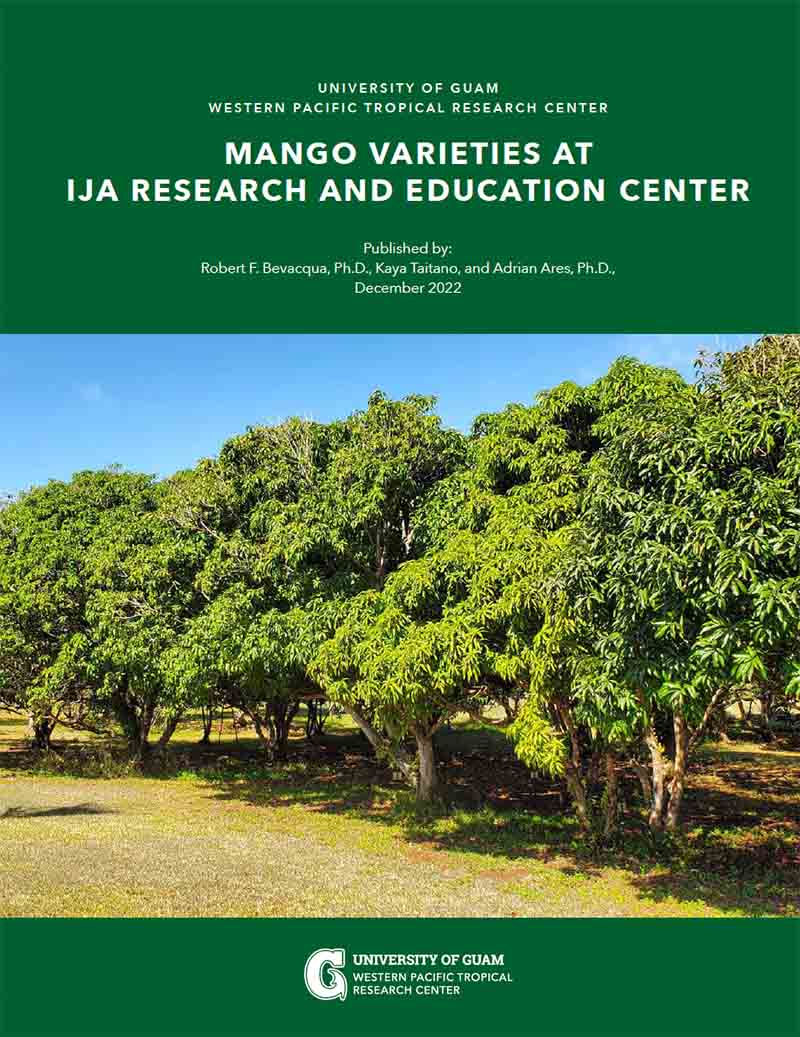 |
Mango varieties at Ija Research & Education Center | UOG Land Grant | December 2022 |
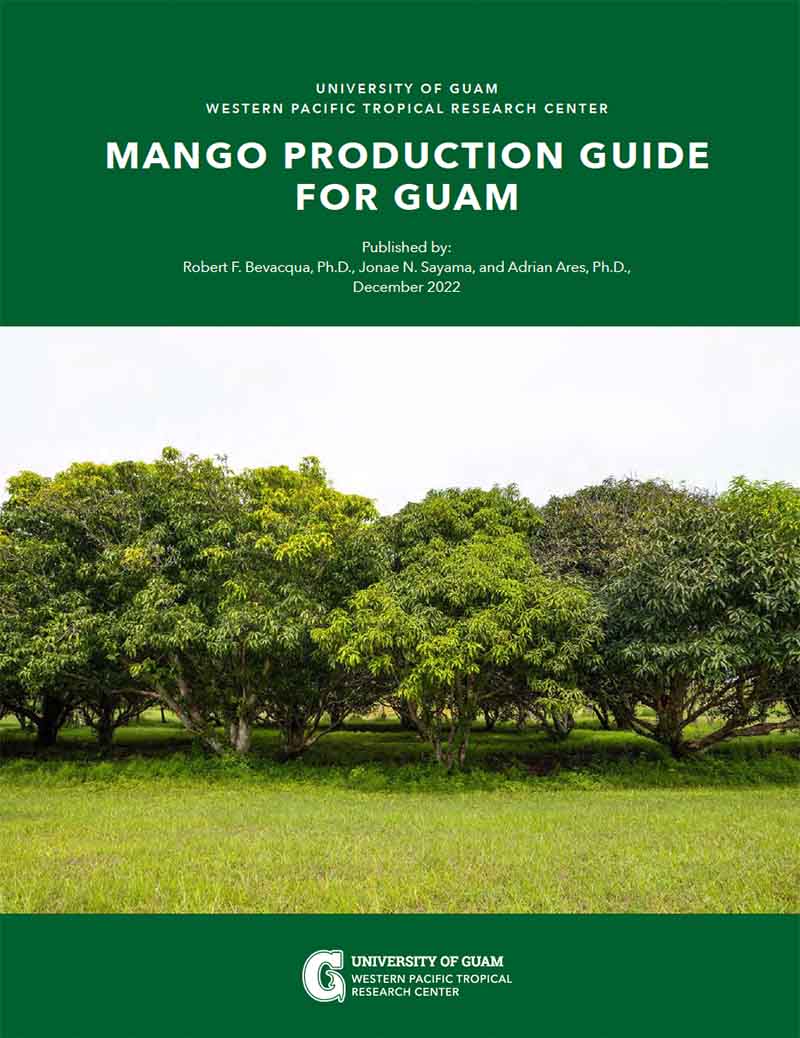 |
Mango production guide for Guam | UOG Land Grant | December 2022 |
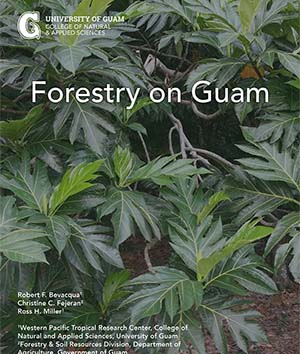 |
Forestry on Guam | UOG Land Grant | |
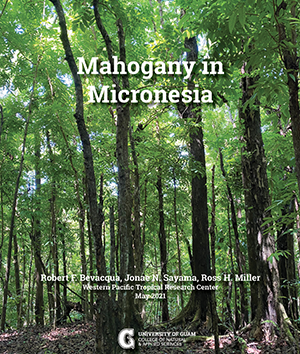 |
Mahogany in Micronesia | UOG Land Grant | May 2021 |
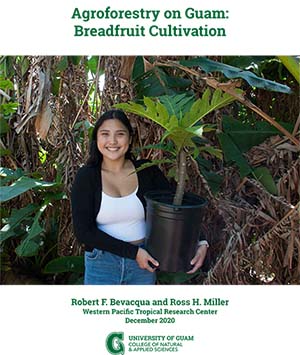 |
Agroforestry on Guam: Breadfruit cultivation | UOG Land Grant | December 2020 |
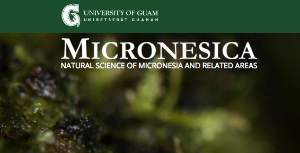 |
Growth and stand density of Honduran Mahogany on Guam | UOG Land Grant | November 2020 |
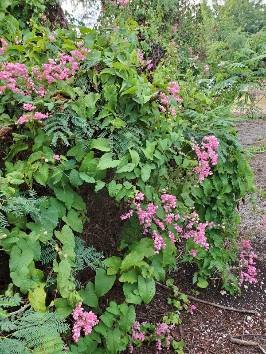 |
Invasive Vines of Guam Fact Sheet | UOG Land Grant | July 2020 |
RESEARCHERS:
Ross Miller, Ph.D.
Dean’s Circle, House 35
Phone: (671) 735-2068
Email: millerr@triton.uog.edu
Jim McConnell, Ph.D.
ALS Bldg., Room 317
Phone: (671) 735-2129
Email: mcconnell@triton.uog.edu
